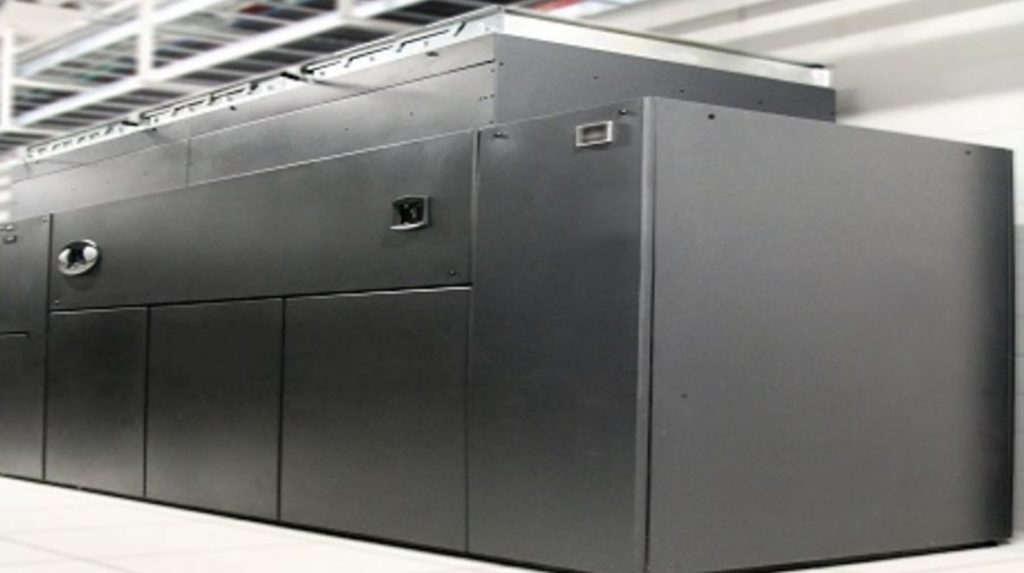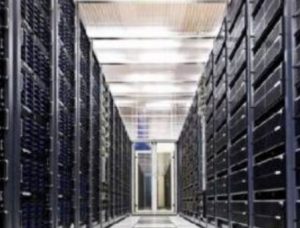EMERSON DEVELOPS COOLING SYSTEM FOR DATA CENTERS

Emerson developed air conditioner system for data centers
Emerson Network Power, a business unit of Emerson, which provides technological solutions for data network infrastructure and energy, signed a contract with Alog Datacenters of Brazil, to supply cooling system in your Tamboré site (SP). The solution relies on precision air conditioning equipment that makes use of Free Cooling of Emerson, indirectly, generating energy efficiency in data centers. In addition, the solution reduces the power consumption of 30% to 60% of the air-conditioning equipment of precision, without compromising the reliability and safety of the air conditioning.
The Alog, one of the leading service providers of information technology (it) in Brazil and a member of the platform Equinix, global interconnection and data centers, is the first company in the country to adopt this technology and was installed the Liebert equipment model ITSELF to meet the 1600 m ² of infrastructure with 650 rack.
“The site in Tamboré was developed based on concepts of sustainability. We have water-saving systems and energy already deployed on our website and the use of the new system of Free Cooling indirect Emerson comes to further improve the energy efficiency of our data center “, says the Director of infrastructure of Alog, Peter black. “In addition, the solution allows a quick return on investment, which gives us an important support in our expansion plan in the country.”
Anderson Quirino, sales manager of Emerson Network Power, “a Free Cooling system is already quite well-known on the world market, but we were able to innovate the concept, creating an indirect mechanism to cool the coolant contained in precision air conditioning units, without using cold water, chillers or outside air. We developed this technology in order to meet the great need of the companies to reduce the power consumption of its data centers, since air conditioning is responsible for about 40% of the cost of electric energy “.
Technically, the name “Indirect” refers to gas by pumping and cooling your saver is given through the lower outside air, typically 10 degrees below the temperature of evaporating units appropriate return in a data center. This process works without the compressors stay tuned. The pilot project on the client was done with success and the Free Cooling indirect Emerson now works for two months, meeting the demands of energy saving.
Air-conditioner | Outdoor Heater | Dubai (Air Conditioners, Chillers,Coolers and Dehumidifiers)

